The 1980s was a turbulent time of space discovery, vaccines, and bad science. False information spread faster than light. There was no Google to fact-check anything. People relied on encyclopedias in the library to receive accurate information. And just because scientists debunked this bad science, doesn’t mean it disappeared from our history. These theories went on to tell the tale of bad science, and luckily, morphed into something that’s backed by science. Bad science facts like gay genes, healthy sugar, and numb babies were hard to swallow. It’s good that we have better scientific discoveries nowadays, though we’re not sure they’re getting much better. Maybe in thirty decades we’ll look back on our current science and laugh about the inaccuracy.

The Theory Of Cold Fusion
In the scientific community, cold fusion is a joke. If you’re the one of few who still believes in cold fusion, your reputation is on the line. To put it simply, cold fusion is the idea that we can create energy by forcing atoms to fuse at low temperatures. Normal fusion happens at millions of degrees, but 1980s scientists Stanley Pons and Martin Fleischmann claimed to have accomplished it at room temperature. That’s a huge difference. They used a Palladium rod and special water they called “heavy water.” Because their published paper was not very detailed and other scientists could not reproduce their results, they were discredited. While Pons and Fleischmann would certainly like to forget the whole thing (and even moved to France to start anew), some say cold fusion is still possible. Some even believe it was accomplished in the 1960s. Assistant professor Peter N. Saeta from Harvey Mudd College said, “So, what is the current scientific thinking on cold fusion? Frankly, most scientists have not followed the field since the disenchantment of 1989 and 1990. They typically still dismiss cold fusion as experimental error… it will take extraordinarily high quality, conclusive data to convince most scientists.” Maybe one day we’ll know for sure (Scientific American).

“Races Have Different Genetic Makeup”
We all share 99.9% of our DNA. That’s pretty much all of our DNA, except for 0.1%. That small number is thanks to environmental and external factors, not the core of biology itself. For example, two African people may have a larger generic variation than an African and Eurasian person. The 0.1% differences are due to environmental and external factors, not core biology. But bad science in the 1980s made us believe that different races had different DNA. And it didn’t stop in that embarrassing decade, this belief continued until the early 2000s. Even modern-day racists would probably still try to argue that there are differences. In 2003, The Human Genome Project curbed this belief and showed the world we are all similar. Massive racism during the 1980s certainly didn’t help the cause, but at least all of that’s behind us (NCBI).
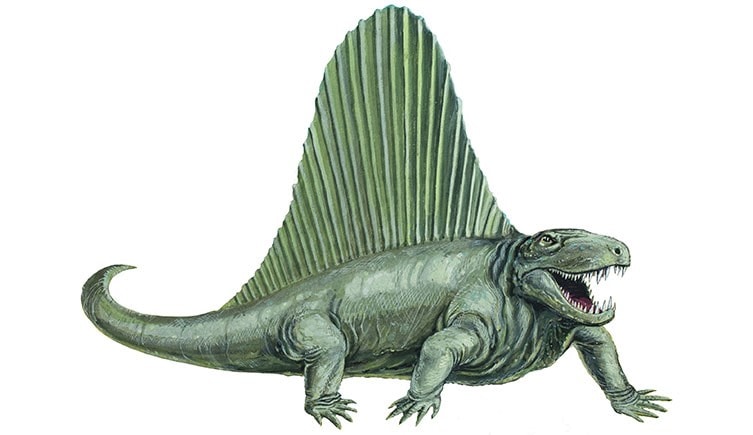
Dinosaurs Looked Like Reptiles
It’s not strange to think about a dinosaur when you come face to face with an ostrich or cassowary. Even though that probably doesn’t happen that often, it’s obvious they’re related to dinosaurs. Up until recently, bad science believed dinosaurs were simply giant reptiles. But it’s much more complicated than that. Dinosaurs had claws, fur, feathers, and horns. Even the name “saur” means “lizard” in Greek. The prehistoric beasts, like the T-Rex, had feathers. If people knew the truth before Jurassic Park hit the big screen, we’d have caught on a lot faster. They were much more complex than the big monsters with reptile skin (AZ Animals).

Pluto Is A Planet
We feel sorry for Pluto. It never had a chance. People in the 1990s and earlier learned about nine planets in school. Pluto was the ninth planet. But in 2006, scientists called it a dwarf planet, and this sparked an uproar among the masses who called Pluto a planet their whole lives. Scientists discovered several other small icy spheres in the Kuiper Belt in space, much like Pluto. They orbited the sun and remained spherical. Scientists had to make a decision and either call them all planets or demote them to a smaller planetary group, Pluto included. Pluto deserves better (Solar System).

Heart Study Frauds
Any research in the 80s was something to take with a grain of salt, especially when it came to heart research. It eventually came out that John Darsee faked data in multiple heart studies. Because of this, researchers deducted more than 55 published pieces of his, thanks to his fraudulent acts. This bad science could have seriously affected someone’s life and even caused a fatality. But he wasn’t the only one. A few years later, Robert Slutsky was fabricating radiology papers at hyper-speed. He was publishing a paper every 10 days for years with false information, and eventually, it came out he was faking it (JSTOR).

Stress Causes Ulcers
In the 1980s, every doctor claimed stress causes ulcers. That’s not a bad diagnosis, though unfortunately, relaxing wouldn’t get rid of your ulcer. Since those headlines, we learned that bacteria cause ulcers. You can treat ulcers with antibiotics. It’s a little bit embarrassing that it took this long for scientists to find this out, considering it seems like a quick and simple fix. Bacteria break down your stomach’s lining which fights against stomach acid, and ulcers form. While we all know stress isn’t good for you either, at the very least, it doesn’t cause ulcers (NHS Inform).
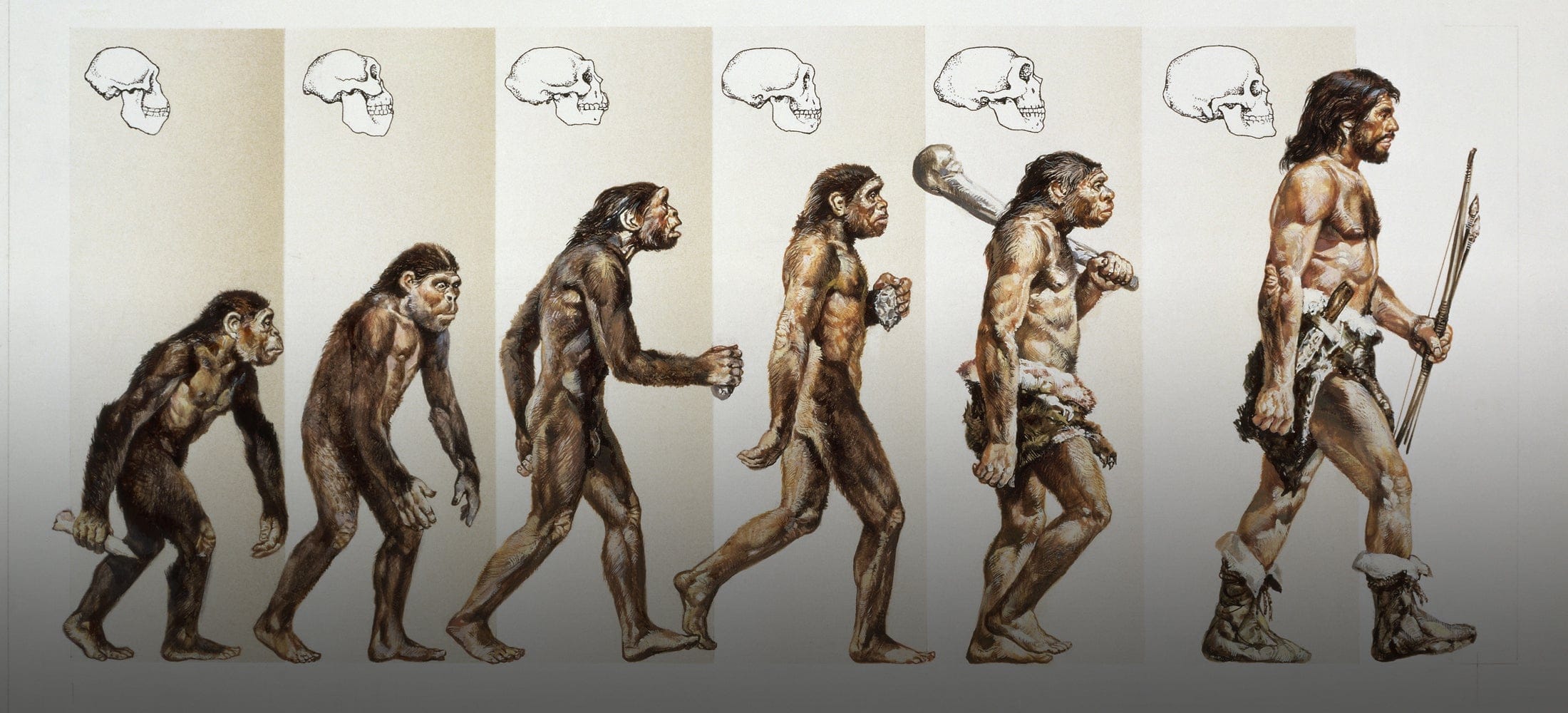
Neanderthals Existed Before Modern Humans
Many humans like to believe our dominant genes got rid of the Neanderthals and wiped them out with our advanced intelligence. But this information is just bad science, and it’s more likely that early humans got frisky with their less-evolved ancestors and worked them into our gene pool, instead of wiping them out completely. Then, Neanderthal morphology gradually disappeared. This happened around 500,000 years ago. We probably all know someone who seems like they might still have a good bit of Neanderthal in them, based on their facial features. So, if you thought modern humans were so much mightier than the primitive caveman that we either killed or out-competed them for resources, think again. Our ancestors loved that low brow and hunched back. Not that there’s anything wrong with that (NHM).

Sugar Was Good For You
We all know sugar tastes good. But bad science in the 1980s told us that sugar is better than fat. It came to light that the sugar industry quietly paid scientists to point weight gain at fat, not at sugar. The Sugar Research Foundation wanted to “refute” the belief that sugar caused heart disease and weight gain. They sponsored scientists to do just that, and scientists concluded that Americans should cut fat out of their diet. Author Stanton Glantz said, “It was a very smart thing the sugar industry did, because review papers, especially if you get them published in a very prominent journal, tend to shape the overall scientific discussion.” America’s sugar intake went up by a third, which meant the sugar industry’s profits did, too. Now, we all know how bad sugar is for you and if there’s one thing you need to cut out of your diet, it’s sugar (NPR).

There’s A Gay Gene
In the 1980s and early 1990s, scientists found a stretch of DNA on the X chromosome they associated with male homosexuality. While recent science debunked this belief and says being gay is natural, bad science in the 1980s did not believe this. Author Andrea Ganna said, “Same-sex sexual behavior is…very polygenic, meaning there are a lot of variants that contribute to this trait, and this is very similar to many other behavioral traits.” Continuing, geneticist Benjamin Neale said, “This is a natural and normal part of the variation in our species, and that should support the position that we shouldn’t try and develop ‘gay cures.’ That’s not in anyone’s interest.” If only we could go back in time and tell the scientists from the 1980s about these discoveries (Time).

Formula Is Better Than Breastmilk
It’s common knowledge that breastfed babies have fewer hospitalizations and illnesses than formula-fed babies. Formula feeding also increases respiratory infections and could cause diarrhea. Breastmilk is especially necessary for the baby’s gut development. But in the 1980s, scientists believed formula was the way to go, and the formula was cheap and even free during the decades prior. Doctors encouraged its use, and women in the workforce relied on formula when they couldn’t breastfeed. Eventually, nutritional research debunked this myth. The formula is not as nutritious as breastmilk. During an interview with NPR, Adriano Cattaneo said, “Formula feeding lags far behind … breastfeeding in terms of safety and benefits. So we should never talk of the benefits of breastfeeding. We should talk about the harms of formula feeding.” (NPR).

Asbestos Cover-Up
The asbestos company covered up the dangers of asbestos for decades. No one truly knew how dangerous it was, and the industry did a great job not letting people know how dangerous it was. For decades, they allowed people to mine asbestos and closely work with it. People started catching on in the 80s and tried to sue the asbestos company, but they were quick to act. Without hesitation, they shifted the perspective of asbestos. It became a problem when people became sick with mesothelioma, a disease only caused by asbestos (Asbestos Nation).

The “Alien Autopsy” Video
This so-called secret video came out in the 80s and depicted a secret medical examination of an alien, conducted by the United States Military. While we all know that this isn’t true, people in the 80s and 90s didn’t know any better, and bad science fooled everyone. In the video, researchers claim they discovered an alien that had crashed onto Earth in a spaceship. In 2006, Ray Santilli said the film was fake. For a decade, the video captured the world’s attention, and the 17-minute, grainy, black-and-white film fooled everyone. Someone would have to try nowadays, though with the development of AI, you never know what’s going to happen (Time).
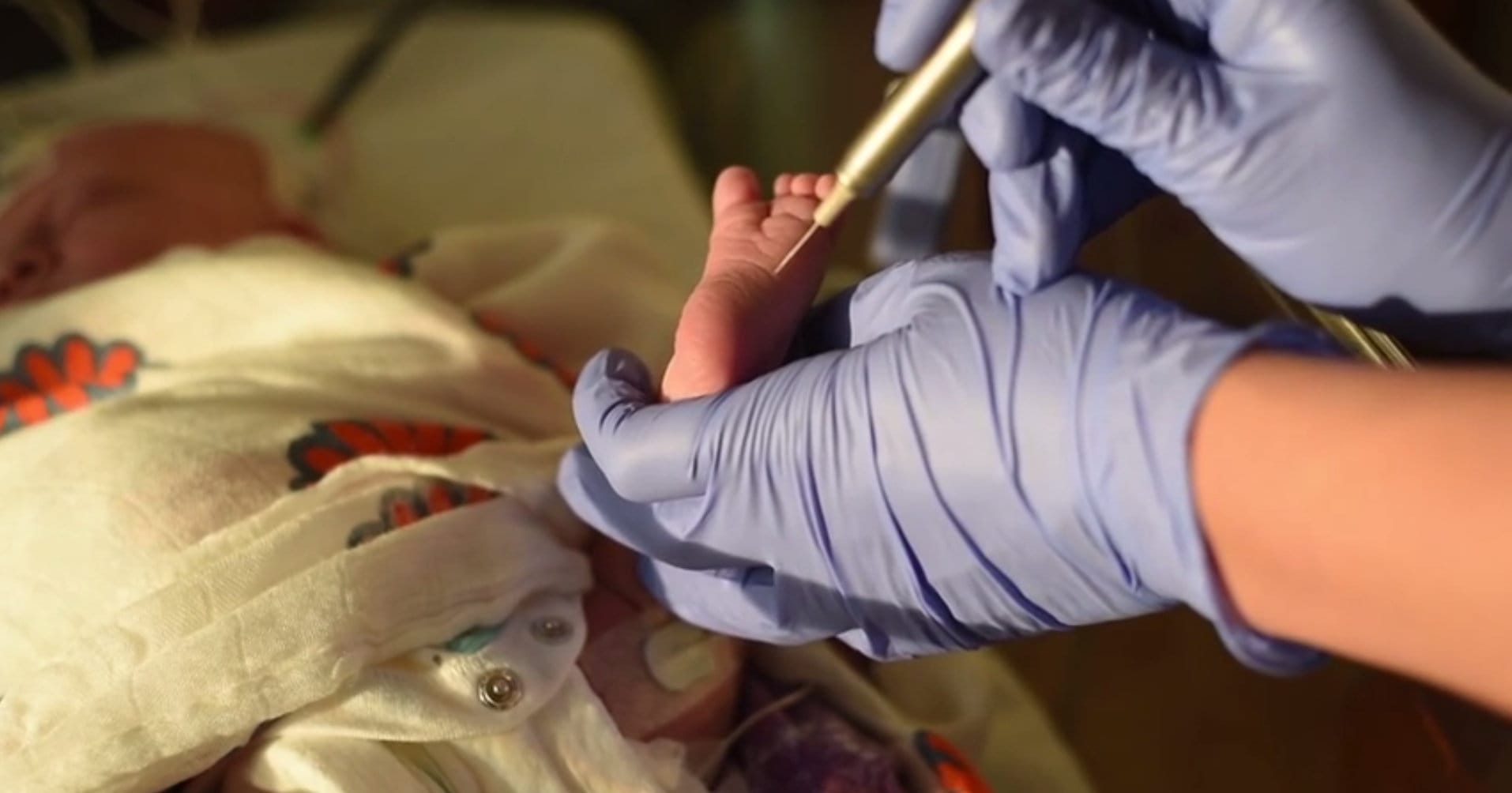
Babies Can’t Feel Pain
Babies are human. They have nerve receptors, just like children and adults. But for some reason, bad science in the 1980s claimed babies can’t feel pain. Didn’t anyone ever question this? Why do you think babies cry all the time? Researchers believed they didn’t have fully developed nerve receptors, and their painful responses to pokes and pricks were muscular reactions. An experiment with ten sleeping babies proved they experience pain, and even proved it goes to the uncomfortable, emotional part of their brain. Rebeccah Slater, a professor from Oxford, said, “I might have thought that some information might have gone to the sensory areas of the brain — telling the baby something was happening on the foot, for example — but I didn’t necessarily think it would go to areas more commonly involved in emotional processing such as the anterior cingular cortex, which is thought be involved in the unpleasantness associated with an experience.” The researchers in the 1980s needed that bit of information (Time).
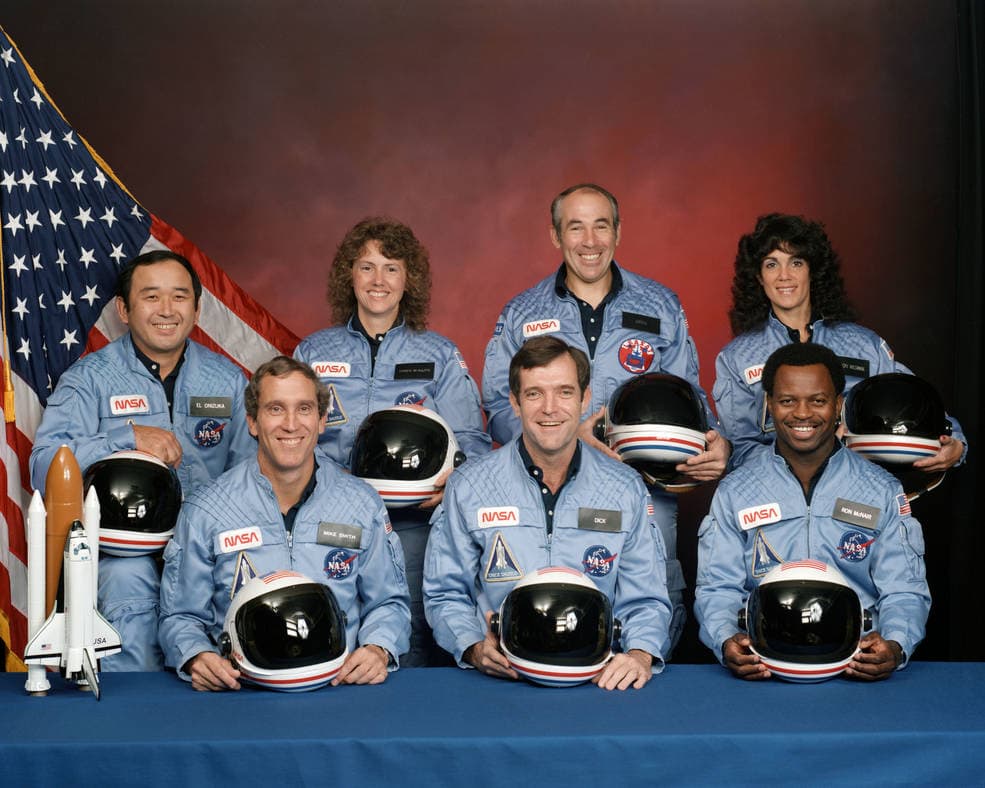
The Challenger Disaster
In 1986, The Challenger, with seven crew onboard, broke apart only 73 seconds into its flight. It was a mere 46,000 feet above the Atlantic Ocean. The ship suffered a major malfunction, and no one survived. It was NASA’s second shuttle to reach space and had already completed nine milestone missions before this fateful day in 1986. Christa McAuliffe, a teacher onboard, was going to give her lessons from space, hence the high amount of media watching The Challenger. Freezing temperatures contributed to the malfunction. It’s an unfortunate event and proves that scientists and researchers should have tested the ship more before sending people into space (Space).

Chernobyl
The Chernobyl nuclear disaster was one of the biggest disasters in history, killing 31 people directly and forcing hundreds of families to evacuate from their homes overnight. It caused horrendous birth defects that affected generations to come. Some believe it was a result of Cold War culture, in addition to the lack of safety culture. The UN Scientific Committee even said, “The great majority of the population is not likely to experience serious health consequences as a result of radiation from the Chernobyl accident. Many other health problems have been noted in the populations that are not related to radiation exposure.” But within weeks of the accident, 28 people died of ARS, and nineteen more died decades later from the aftereffects. Immediately after the explosion, though, scientists claimed no one would suffer any future ill effects. Bad science, compounded with a lack of safety and other malfunctions, caused this disaster (World Nuclear).
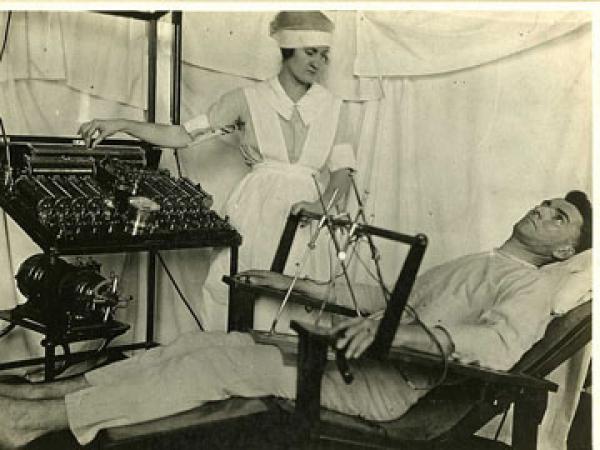
South African Aversion Therapy
This project was a horrendous, yet true medical torture program that took place in South Africa during apartheid to try and identify gay soldiers who used drugs. To try and cure homosexuals, they attempted at turning them from male to female. Harold, who is part man and part woman, recounted his terrible experience. He said, “I now know that in one sense I was just unlucky. The army had whole gay battalions who they just shunted aside and let be. But if things went wrong and you ended up in the hands of the psychologists then it could get very bad. In my case, it began with the electric shocks and only ended after they’d already given me breasts, and then the army said it had abandoned the whole policy,” he said. Thousands of other people were exposed to chemical castration, electric shock therapy, and hormone treatment during the ’80s (The Guardian).
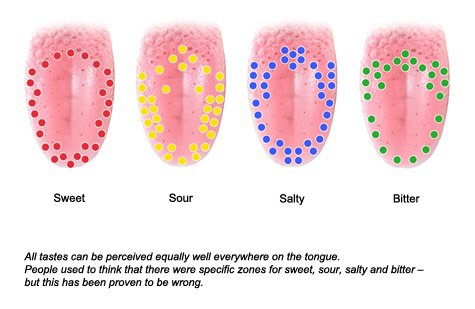
Flavor Is Sectioned On Our Tongues
Bad science claimed each flavor has its section on our tongues. This means our tongues have a salty section, sweet section, and sour section. Scientists eventually debunked this, though people believed it for decades. That tongue chart we used in school? Completely false! The receptors we have for different flavors on our tongue are spread throughout. This bad science dates back to 1901 when German scientist David P. Hänig claimed we have sections on our tongues. So go ahead, eat something sour, you’re going to feel it all over your tongue (Smithsonian Mag).

Shark Cartilage Cancer Treatment
In the 1980s, people first described laboratory and animal studies to use cartilage as a treatment for cancer. This was also when research came out that shark cartilage blocks blood vessel growth, hence using it as a cure for cancer. Theories also claimed it increases the body’s immune system to kill cancer cells. Eventually, science revealed that it does not treat cancer, though some people still use it as an alternative to cancer treatment (Cancer Research UK).

The “Satanic Panic” In Popular Culture
During the 1980s and into the 1990s, there were over 12,000 counts of satanic ritual abuse that caused widespread anxiety and fear across the United States. It all began with the book Michelle Remembers, by Lawrence Pazder. People feared prostitution and human sacrifices, amongst many other terrible rituals, like Satanic rituals, that happened in extreme form. The roots trace back to Canada. People’s fear fed off of this bad science, which affected many people’s lives (YouTube).

The “Crack Baby” Epidemic
The epidemic talked about babies exposed to cocaine while in the womb, and its purpose was to criminalize black people dealing with drug addiction during the 1980s. It dealt with racism and the “war on drugs” during this time. Later on, a documentary revealed it was entirely fictitious. Bonsu Thompson wrote, “Possibly, the biggest myth-buster provided by Crack was that the crack baby was fictitious. There were certainly examples of babies who had been born with drugs in their system showing side effects like irritability and strained cardiovascular function. Yet the picture painted to society was premature infants twitching from cocaine rushes. Moreover, there was a fear that these Black and Brown crack babies would grow up mentally challenged and ultimately join their mothers in the penal system.” It turns out that crack babies only made up less than five percent of the babies born during that period, yet people made it to be a lot bigger than it was (Medium).

The “Mozart Effect”
Bad science in the 1980s claimed listening to Mozart’s compositions made you smarter. No research has ever concluded this statement, and listening to Mozart does not raise your IQ, though scientists in the 1980s begged to differ. Then, in the 1990s, psychologist Frances Rauscher experimented with this theory. For about 10-15 minutes following a song, volunteers experienced an increase in visual-spatial reasoning. Though there is some kind of effect, it doesn’t necessarily make you smarter. And the same effect could be achieved with rock music and any other type of music (Parenting Science).

MTBE Into Gasoline
To increase fuel efficiency and decrease pollution, companies added MTBE into gasoline during the 1980s. Eventually, though, scientists found the toxic chemical in groundwater. Several states in the USA banned its use in gasoline, and eventually, it stopped getting added in 2005. Even a small amount can poison water and cause it to become unpotable. Unfortunately, companies still export MTBW from the USA to other countries. The chemical evaporates easily, which is why it’s so dangerous. It enters the air extremely easily and breaks down quickly. If bad science in the 1980’s never allowed this to happen, we wouldn’t face the problems we face now (CDC).

Carl Sagans’ Nuclear Winter Science Magazine Article
A harrowing scenario confronted the readers of Parade magazine back in 1983. The front cover featured a dire scenario that depicted a nuclear winter and massive scenes of devastation. Considering all the bad science going around in the 1980s, this seemed very believable. The cover read, “In a nuclear ‘exchange,’ more than a billion people would instantly be killed. But the long-term consequences could be much worse. Fortunately, it is not yet too late. We can safeguard the planetary civilization and the human family if we so choose. There is no more important or more urgent issue.” But for everyone reading that magazine, it felt like an urgent issue. Did this Nuclear Winter ever happen? Nope. We’re all still here (Smithsonian Mag).
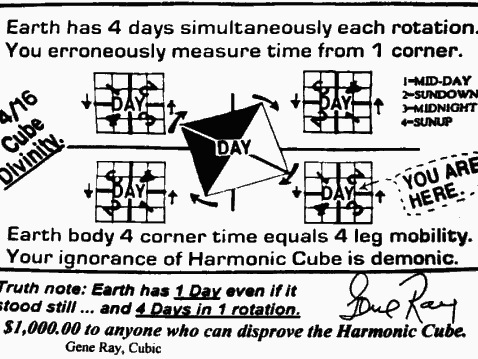
The “Time Cube” Theory Of Time And Space
The self-proclaimed wisest man on earth, Otis Eugene “Gene” Ray, claimed all modern science is a huge conspiracy theory, and everyone is lying to us. Based on all this bad science, it doesn’t seem that far off. He said all scientists are here to teach us lies. The theory claims that everything in nature revolves around a 4-stage metamorphosis, for example, baby, child, parent, and grandparent. Planet Earth was also included in this theory. The Time Cube was an elaborate metaphor that Gene Ray used to describe things he couldn’t explain with words. People realized he was a bit out there, and quickly debunked his theories, though people certainly believed him (Dmitry Brant).
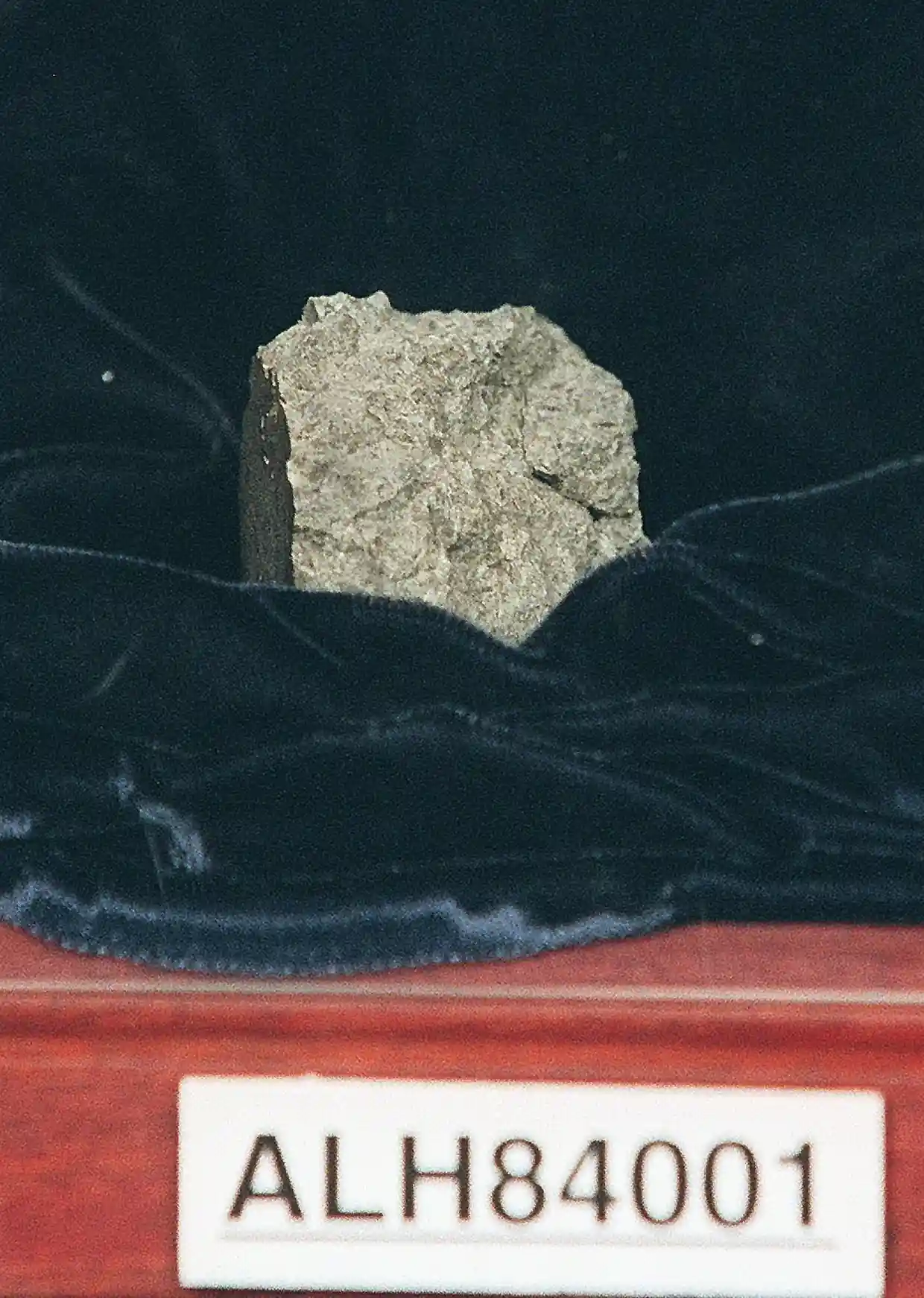
Mars Rock
In 1984, researchers found a meteorite in Antarctica. Originally, scientists truly believed the rock contained evidence of life from Mars. Some scientists were skeptical, while others stood by their word. It ended up being a bunch of bad science and speculation. Researcher Kathie Thomas-Keprta wrote, “While the data presented incrementally adds to our knowledge of (the meteorite), the interpretation is hardly novel, nor is it supported by the research. Unsupported speculation does nothing to resolve the conundrum surrounding the origin of organic matter.” At the time, it was a reasonable hypothesis, though we know now it was completely false (GUIM).
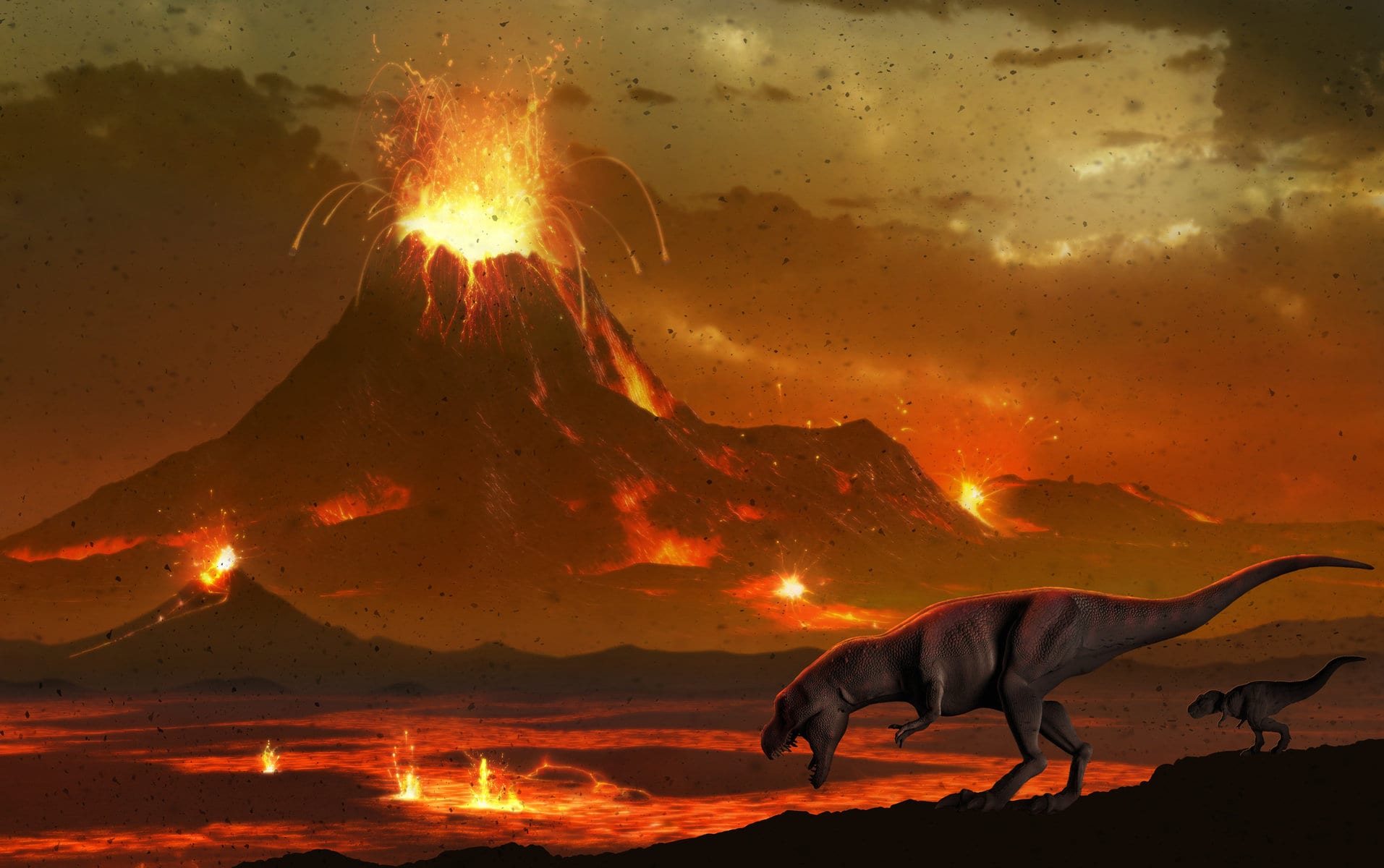
Dinosaurs Died Off Because Of A Volcano
Believe it or not, this theory was widely accepted until 1991. The belief that volcanoes caused the extinction of dinosaurs might stem from early interpretations of fossil evidence. Fossils found in sedimentary layers associated with volcanic activity might have been misinterpreted as evidence of a volcanic cause for their extinction. However, further research and analysis have provided strong evidence supporting the asteroid impact hypothesis as the primary cause. The leading hypothesis for this extinction event is the impact of a large asteroid or comet, known as the Chicxulub impactor, which struck the Earth near the Yucatán Peninsula in modern-day Mexico. This impact caused a global environmental catastrophe, resulting in massive wildfires, global darkness due to dust and debris in the atmosphere, and a significant disruption of the Earth’s climate. These extreme conditions led to the collapse of ecosystems worldwide, including the extinction of dinosaurs.
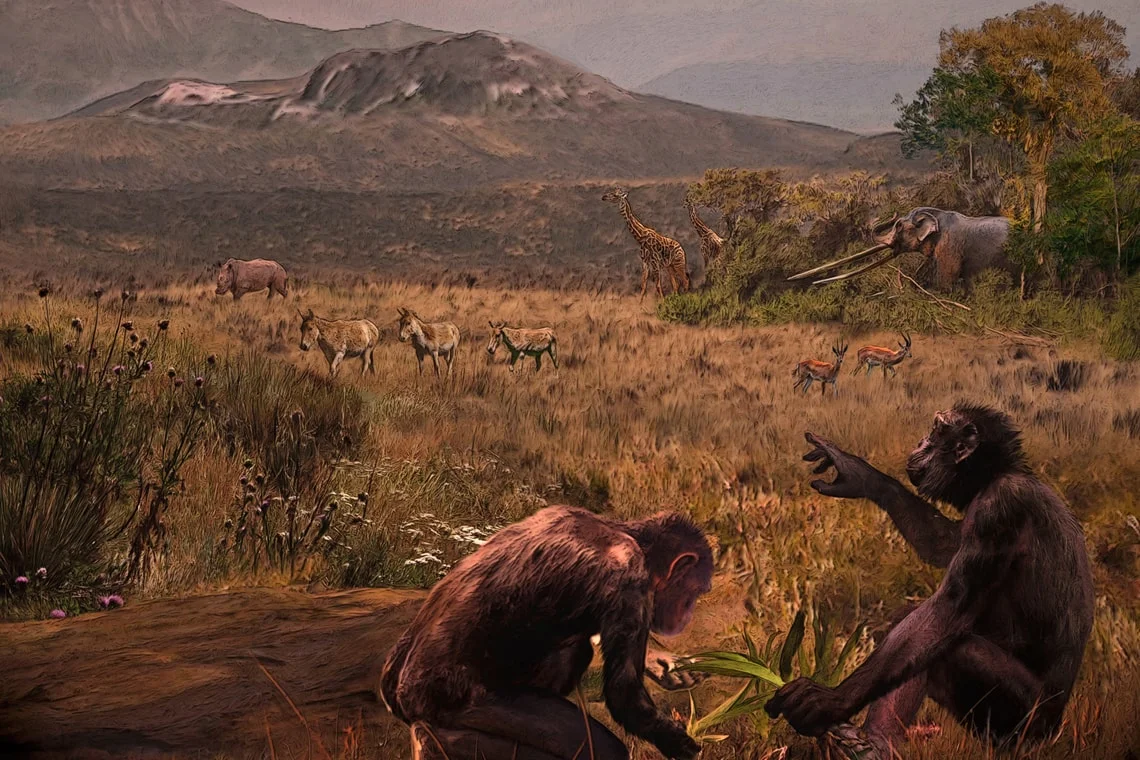
People Didn’t Evolve From Africa
The Multiregional theory, once an opposing view to the Out of Africa Model, lost support due to genetic evidence. According to the Multiregional theory, early hominids left Africa 2 million years ago, settling in various regions like Europe and Asia, where they independently evolved into distinct groups of humans. However, genetic studies have shown that early hominids actually evolved into humans in Africa approximately 200,000 years ago, and only migrated to different parts of the world around 60,000 years ago. This means that all humans today are descended from a single original group of African humans, debunking the Multiregional theory.

